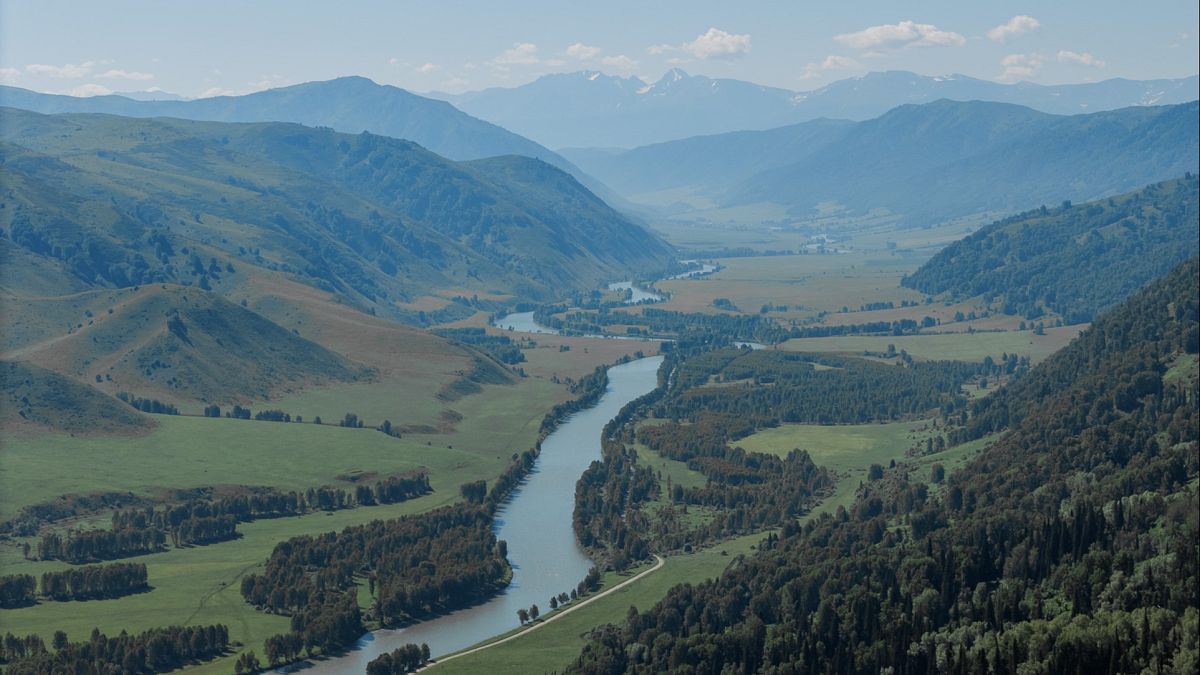Tides Could Predict When Massive Icebergs Break Free: Study

b>Antarctic Tides Herald the Calving of the World’s Largest Iceberg
Scientists have discovered that the ebb and flow of ocean tides can trigger the detachment of colossal icebergs from Antarctic ice shelves, offering a fresh avenue to forecast these dramatic events.
When a 550‑square‑kilometre chunk of ice escaped the Brunt Ice Shelf in 2023, glaciologist Oliver Marsh was not surprised.
- Marsh’s years of research on the crack that birthed iceberg A81 led him to predict a calving event “imminent within weeks to months.”
- The ice billowed off at spring tide, when the ocean’s high and low tides diverge the most.
- Modelling by Marsh and colleagues, published in Nature Communications, showed that tide, high winds and ice stress combined to trigger the break‑off.
After A81 broke off, Marsh visited the ice shelf to see the ocean’s open water in place of the once‑infinite ice field.
“It was sad to see it go, in a way,” he said.
A81 now drifts up the eastern side of the Antarctica Peninsula toward the Weddell Sea.
Its future proximity to South Georgia Island—a key breeding ground for penguins, seals and other species—remains uncertain.
“Out of Balance”—The World’s Largest Iceberg, A23a, Ran aground near South Georgia Earlier this Year
A23a’s run‑away is not expected to threaten wildlife, but it exposes the iceberg to the waves of the Southern Ocean, marking the beginning of its final days.
Marsh emphasized that iceberg calving is a natural balancing process against the massive snowfall that blankets Antarctica every year.
“Now we’re out of balance,” he added.
Antarctica loses ice in two ways—calving and melting. Melting rates have accelerated as the oceans warm, a warming trend driven by human activity. Scientists have warned that.
“We don’t know whether calving rates have increased because they happen relatively infrequently,” Marsh noted.
A81 was the second of three mammoth icebergs that have broken free of the Brunt Ice Shelf since 2021.
“We are expecting a very large calving event at some point from this area in the future,” Marsh said. He could not give a precise timeframe.
“While we’re saying we’re a step closer to being able to predict these events… it is still difficult to predict,” he concluded.




